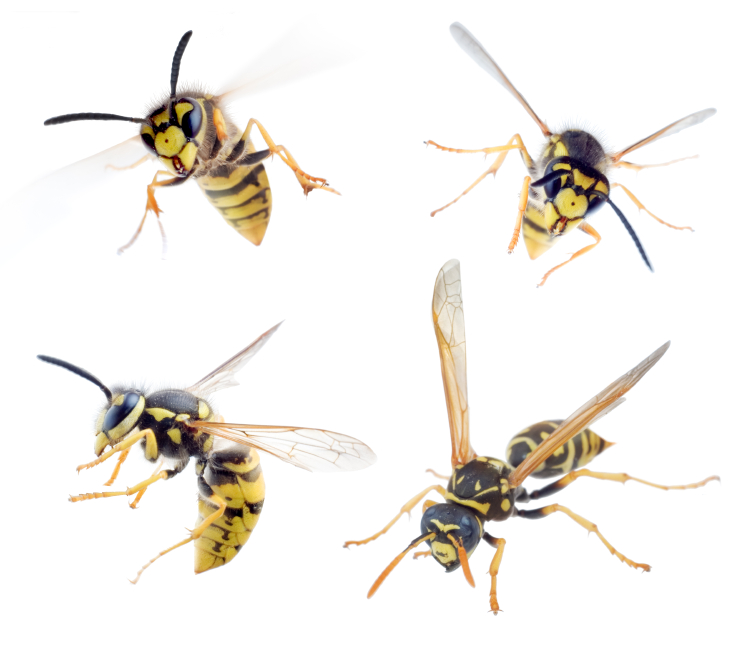
|
It’s not just bees—other insects can be hazardous, too. Scorpions and fire ants also inject venom that can cause life-threatening allergic reactions.
Bees, Wasps, and Hornets
Bees, wasps, and hornets are found throughout the United States. The National Institute for Occupational Safety and Health (NIOSH) recommends that workers protect themselves against bee, wasp, and hornet stings by:
- Wearing light-colored, smooth-finished clothing.
- Avoiding perfumed soaps, shampoos, and deodorants—especially bananas and banana-scented toiletries.
- Wearing clean clothing and bathing daily. (Sweat may anger bees.)
- Wearing clothing that covers as much of the body as possible.
- Avoiding flowering plants when possible.
[Free Whitepaper Download] Hazardous Location Ratings—Breaking Down the Facts. Break down the ratings so you can decide what equipment will be safe in your environment! Download now!
- Keeping work areas clean. Social wasps thrive in places where humans discard food.
- Remaining calm and still if a single stinging insect is flying around. (Swatting at an insect may cause it to sting.)
- If you are attacked by several stinging insects at once, run away (Bees release a chemical when they sting that may attract other bees.) Go indoors if possible. Do not jump into water. Some insects (particularly Africanized Honey Bees) are known to hover above the water, continuing to sting once you surface for air.
Fire Ants
Fire ants are found mostly in the Southeastern United States and in some areas of New Mexico, Arizona, and California. Their mounds are distinctive and easy to identify. NIOSH recommends that workers take the following steps to prevent fire ant stings and bites:
- Do not disturb or stand on or near ant mounds.
- Be careful when lifting items (including animal carcasses) off the ground, as they may be covered in ants.
- Fire ants may also be found on trees or in water, so always look over the area before starting to work.
Sometimes electrical equipment must be installed in areas where combustible vapors and gases are used or may be present. When equipment must be installed in these locations, there are strict requirements for the construction of the installation, including materials and design requirements. Learn what those requirements are and break them down in this FREE whitepaper download: Hazardous Locations Ratings!
Scorpions
Scorpions are nocturnal insects and are found in the Southern and Southwestern United States. Workers in areas where scorpions are common should take these precautions, according to NIOSH:
- Wear long sleeves and pants.
- Wear leather gloves.
- Shake out clothing or shoes before putting them on.
Workers with a history of severe allergic reactions to insect bites or stings should consider carrying an epinephrine auto injector (EpiPen®) and should wear a medical identification bracelet or necklace stating their allergy.
Got any other safety issues that are bugging you? Creep, crawl, or fly over to Safety.BLR.com® to get the information you need.
